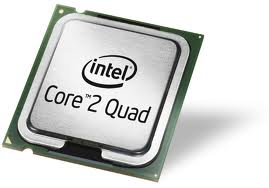The Five generations of computers are as follows… Read more »
Third Generation (1964-1971) Integrated Circuits
The development of the integrated circuit was the hallmark of the third generation of computers. Transistors were miniaturized and placed on silicon chips, called semiconductorswhich drastically increased the speed and efficiency of computers.
Instead of punched cards and printouts, users interacted with third generation computers through keyboards and monitors and interfaced with an operating system, which allowed the device to run many different applications at one time with a central program that monitored the memory. Computers for the first time became accessible to a mass audience because they were smaller and cheaper than their predecessors
Fourth Generation (1971-Present) Microprocessors
The microprocessor brought the fourth generation of computers, as thousands of integrated circuits were built onto a single silicon chip. What in the first generation filled an entire room could now fit in the palm of the hand. The Intel 4004 chip, developed in 1971, located all the components of the computer—from the central processing unit and memory to input/output controls—on a single chip.

Introduction TO IT by Ms.S.Ramya & ms.M.Naga sankari
-
Operations
The four main operations of computer are Input, Output, Processing And Storage… Read more »
-
Generations
Parts
The four main components of computers are ALU, CU, MU and I/O…… Read more »
Memory
The working place in computer where all data is stored is called memory.… Read more »
Software
Software represents the set of programs that govern the operation of a computer system and make the hardware run… Read more »
Networks
A network consists of two or more computers that are linked in order to share resources, exchange files, or allow electronic communications.… Read more »
